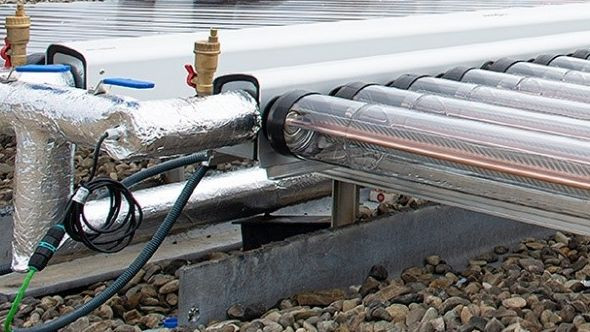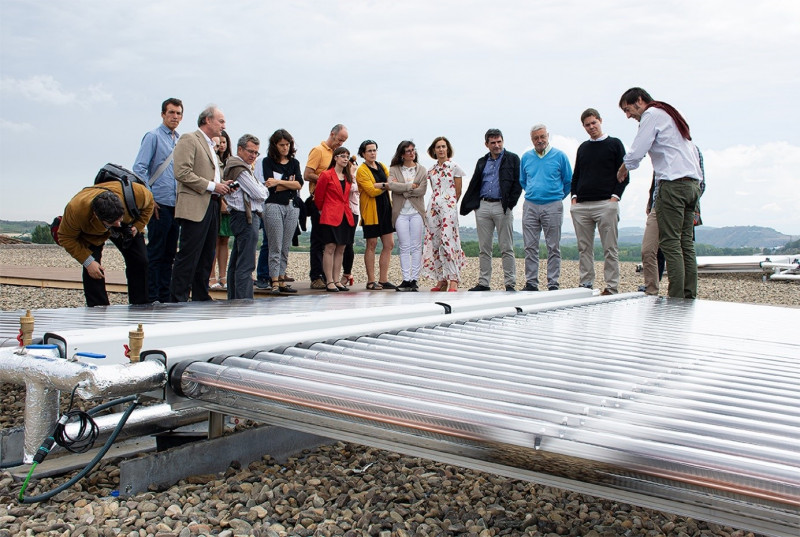Ship2Fair: Solare Wärme für industrielle Prozesse im Hinblick auf das Engagement der Lebensmittel- und Agroindustrie für erneuerbare Energien
SHIP2FAIR (Solar Heat for Industrial Process towards Food and Agro Industries Commitment in Renewables) ist ein HORIZON 2020-Projekt mit dem Ziel, die Integration von Solarwärme in industrielle Prozesse der Agrar- und -Nahrungsmittelindustrie zu fördern. Zu diesem Zweck wird im Projekt SHIP2FAIR eine Reihe von Tools (Replication- and Control-Tool) und Methoden entwickelt, welche die Entwicklung von industriellen Solarthermieprojekten während ihres gesamten Lebenszyklus unterstützen und im Projekt demonstriert werden. Konkret soll dabei die Planung, die Regelung als auch die energetische und wirtschaftliche Bewertung von Solarthermieprojekten maßgeblich verbessert werden.
Die Demonstration und Validierung findet an 4 realen Industriestandorten statt, die für den Agrar- und Lebensmittelsektor repräsentativ sind: Spirituosendestillation (Martini & Rossi, Italien), Fleischtrocknung (LARNAUDIE, Frankreich), Zuckertrocknung (RAR Group, Portugal) und Weinvergärung und -stabilisierung (RODA Wineries, Spanien).
Als Ergebnis dieser Demonstration zielt SHIP2FAIR darauf ab, einen Solaranteil von bis zu 40 % mit insgesamt 2,9 MW installierter Kollektorleistung zur Erzeugung von 4,04 GWhth zu erreichen und somit 403 m3 an fossilen Brennstoffen und 1.145 t CO2-Äquivalente pro Jahr einzusparen.
SHIP2FAIR ist ein Projekt, das von 15 Partnern aus ganz Europa und mit Unterstützung der Europäischen Kommission entwickelt wurde.
http://ship2fair-h2020.eu/
https://youtu.be/s-s8PuPR7eI
Webinar: Solar goes Digital
Pressemitteilungen
https://www.best-research.eu/webroot/files/pressreleases/Presseaussendung_BEST_Ship2Fair.pdf
Projektvolumen
EUR 10,151.295,--
Projektlaufzeit
2018-04-01 - 2023-08-31
Finanzierung
The project has received funding from the European Union´s Horizon 2020 research and innovation programme 2014-2018 under grant agreement n° 792276.
Projektpartner
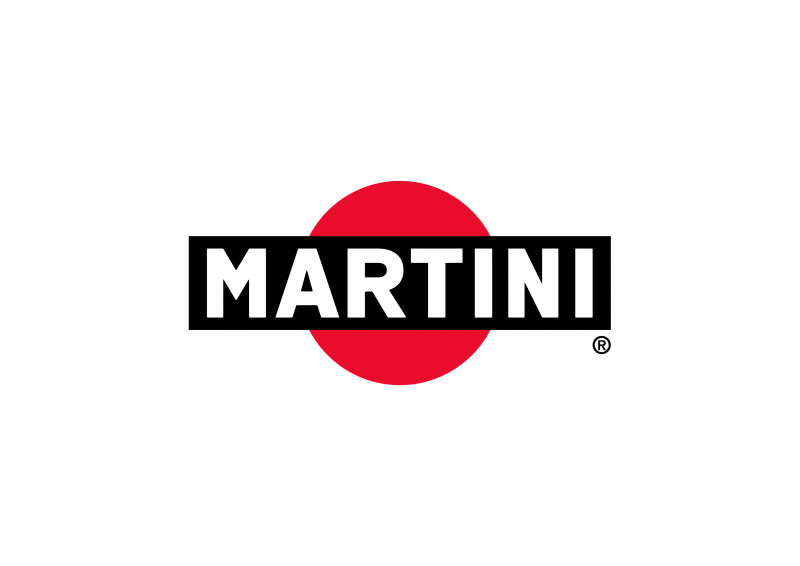


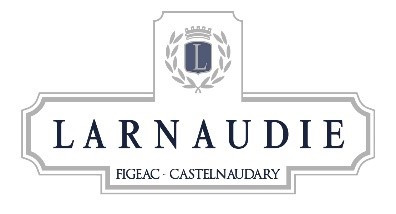
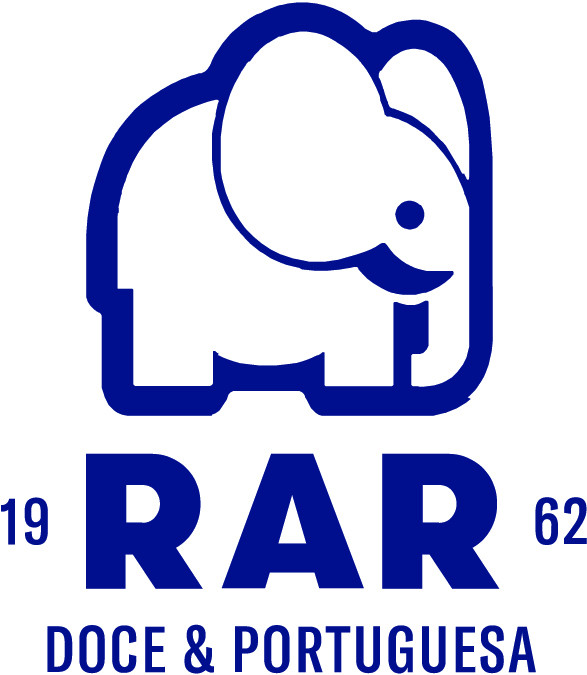

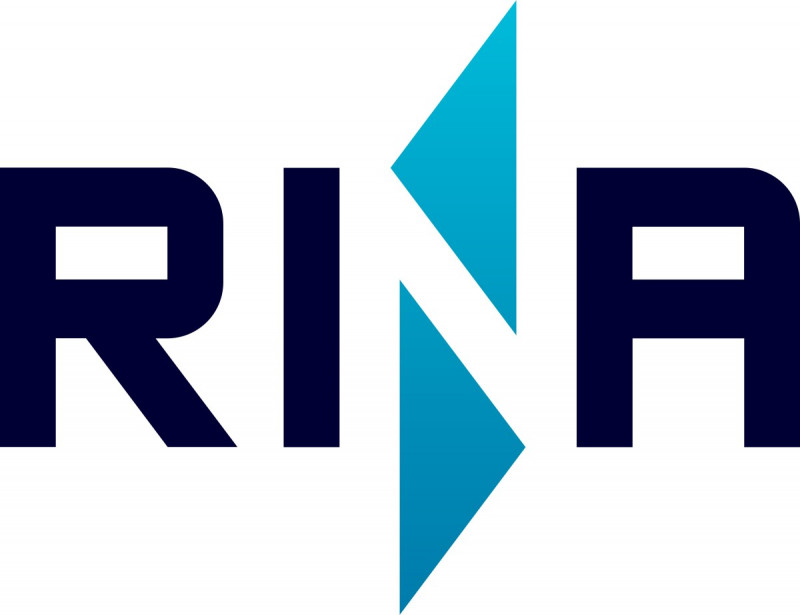
.jpg)
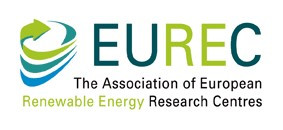

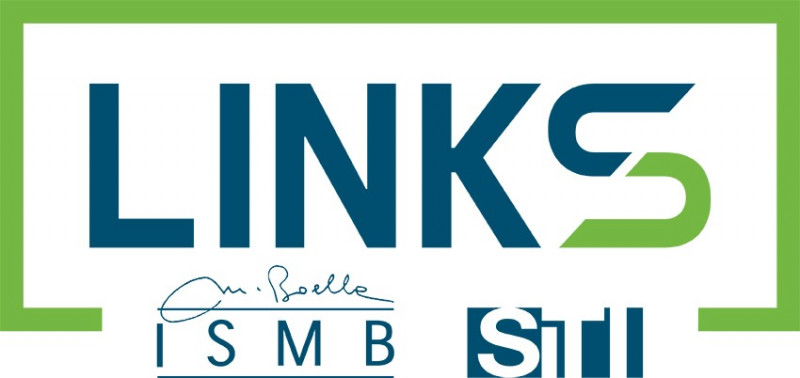
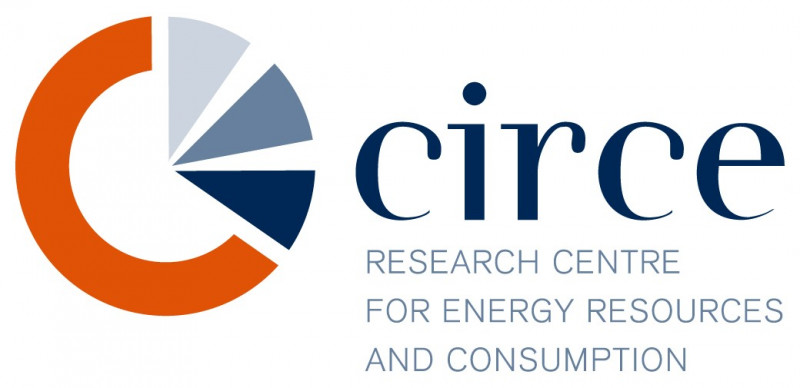


Area Management

Markus GÖLLES
markus.goelles@best-research.eu
Publikationen
A multi-layer model of stratified thermal storage for MILP-based energy management systems
An adaptive short-term forecasting method for the energy yield of flat-plate solar collector systems
FAULT DETECTIVE: FAULT DETECTION FOR SOLAR THERMAL SYSTEMS
Solar goes Digital: Wie Solarwärme selbstlernende Algorithmen nutzt (Austria Solar Webinar 26)
